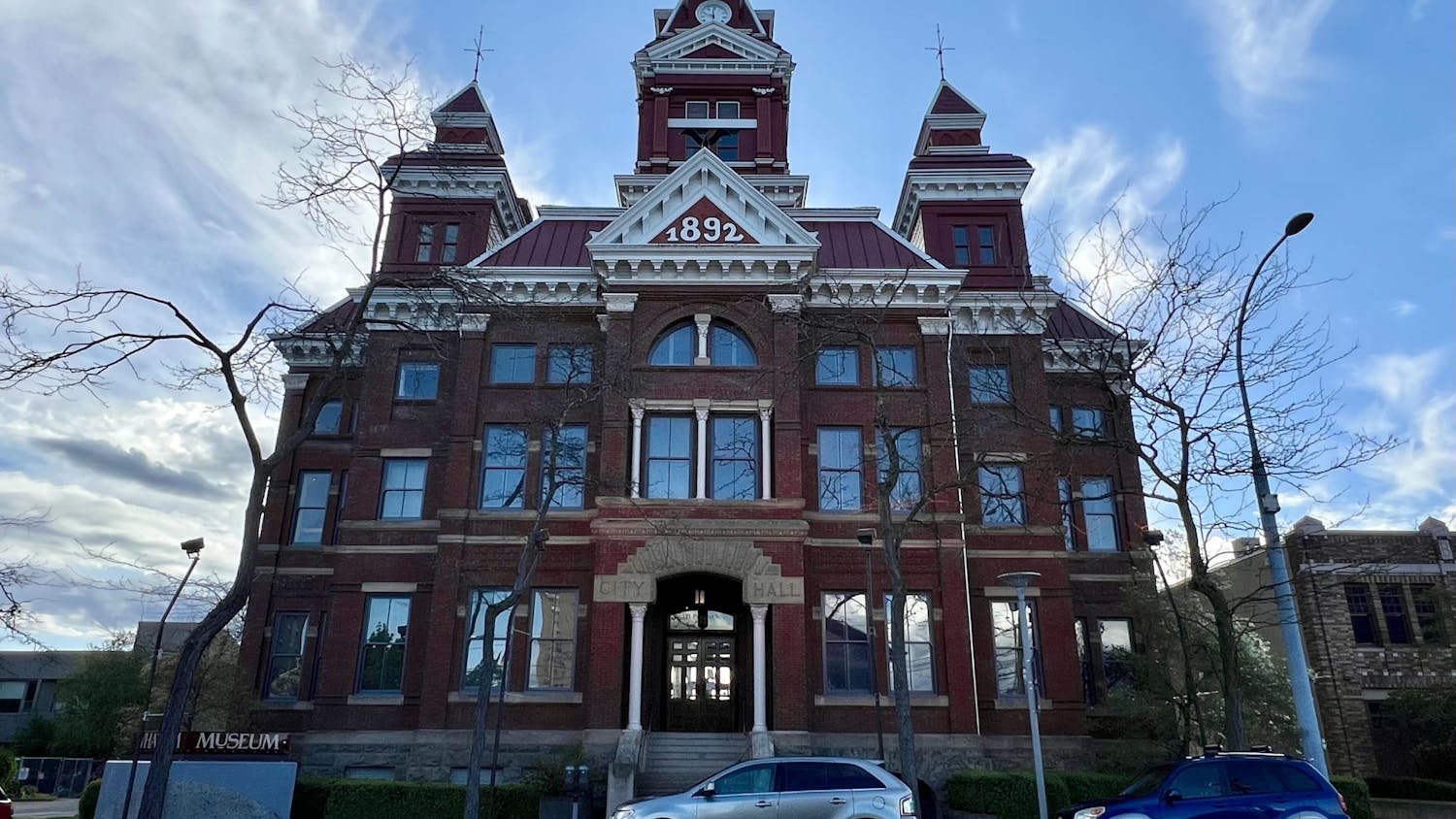
With a remote spring quarter and an uncertain future for fall, both current students and first-year attendees are considering how COVID-19 will affect their attendance.
University Communications Director Paul Cocke said that despite the pandemic, total enrollment for spring quarter has stayed mostly the same.
“Admissions did see a small decrease in total enrollment for spring 2020, down 2.2% compared to spring of 2019,” Cocke said. “However, given the unique circumstances of the coronavirus pandemic, that 2.2% was less than feared.”
The shift to a remote quarter has seen several changes in admissions, with fall quarter’s enrollment confirmation deadline being extended from May 1 to June 1, the university deciding to accept unofficial transcripts and waiving test score requirements for student applications.
Cocke said this allows admissions staff to conduct the work of reviewing applications while also considering obstacles caused by COVID-19.
“Our primary goal is to ensure that applicants to Western are not to be penalized due to challenging circumstances, such as the cancellations of SAT and ACT tests, or a lack of access to official high school transcripts,” Cocke said.
For some students, interruptions caused by a shift to remote classes led them to reconsider spring enrollment. Fourth-year political science major Henry Pollet said that his difficulties with online learning and other employment opportunities led to him taking the quarter off.
“I’ve taken online classes in the past, I’ve just not done well,” Pollet said. “I figured if I’m already not going to be taking the senior seminar this quarter no matter what, why risk having a really rough time when I can just do more work?”
Cocke said out-of-state student enrollment has been more heavily impacted by COVID-19 compared to in-state residents. In 2019, 87% of Western students were Washington residents, with 12% being out-of-state students, according to Western’s admissions website.
“Total enrollment of nonresidents is down more sharply, about 10% down for spring 2020 compared to spring 2019,” Cocke said. “A larger number of nonresidents noted that they intended to sit out for spring and return in the fall.”
In an email to Western students and faculty sent on May 12, Western President Sabah Randhawa announced that fall quarter would take place in-person as planned. The email stated that Western will conduct a hybrid of in-person and online classes, with students having online access to all in-person classes and faculty having the option to conduct any of their classes remotely.
The email also stated that the plans will allow Western to pivot fully online if COVID-19 infection or hospitalization rates spike again in the fall.
Izzy Rhodes, a high school senior planning on attending Western, said that she intends to participate in fall quarter.
“I would attend although I would also be a little on edge,” Rhodes said. “I would feel fine going to class and I would still distance myself as much as I can, but I’m more worried about the people who are at-risk for a tough recovery.”
Rhodes also said that she prefers a non-remote quarter compared to an online substitute for her first year.
“I would want to have a normal start to college, as I wasn’t able to have a formal graduation for spring classes,” Rhodes said. “However, safety isn’t worth jeopardizing in order to have fall classes. If Western needs to continue online to slow the curve, it would be difficult but worth it.”
According to Inside Higher Ed, four-year public colleges may see a 20% enrollment drop in the fall, based on surveys of 2,000 college-bound high school seniors. Cocke said he expects enrollment across the country to be impacted by COVID-19.
“It is still too early to report on expected new student enrollment for the fall,” Cocke said. “But across the country, institutions of higher education are expecting decreases in enrollment of new students and are preparing for those possibilities.”
The Centers for Disease Control and Prevention’s COVID-19 guidelines advise against close contact in public, suggesting a 6-foot gap between individuals and to avoid crowded places and mass gatherings. Some of Western’s largest lecture classes have upward of 200 students per class, according to WWU ClassFinder, an online tool students use to plan classes.
Gov. Jay Inslee’s stay-at-home extension made on May 1 prohibits all social gatherings and nonessential businesses from conducting their work in person. For essential businesses, rules must be implemented that facilitate social distancing of at least 6-feet between employees.
Pollet said that he wouldn’t attend Western physically until there is more effective treatment beyond physical distancing.
“I think that, realistically, until there's more effective treatment I would not be willing to go to physical classes,” Pollet said. “I don't know if there is a really good path forward for physical, in-person classes that have more than 10 people in them.”





